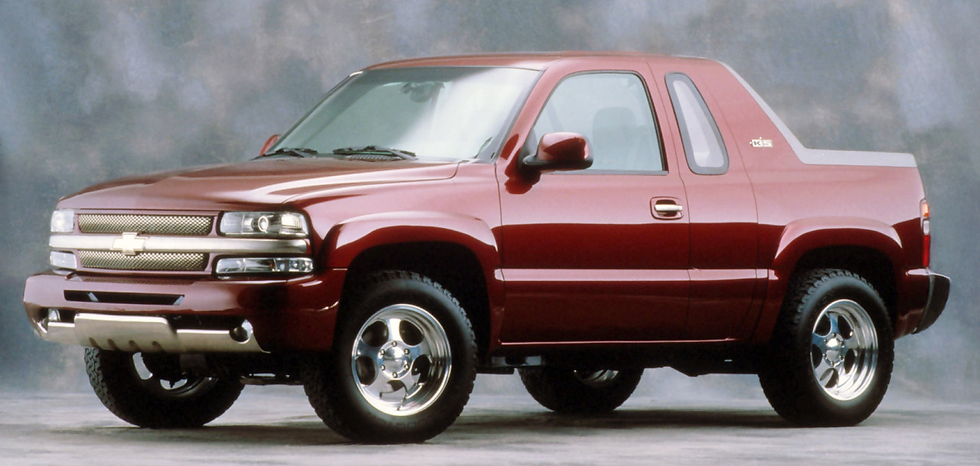2005 SEAT Leon Prototype
- Story Cars
.png/v1/fill/w_320,h_320/file.jpg)
- Jul 14
- 3 min read
The 2005 SEAT León Prototype represented a bold evolution in the Spanish automaker's design language, hinting at the future of the brand’s small family car lineup. It stood out visually for its sportier proportions compared to other SEAT models like the Altea and Toledo, thanks to a lower roofline and a sharper, more dynamic profile. The concept version previewed the second-generation León, which was officially unveiled at the Barcelona Motor Show in May of that year.
The SEAT León has been a mainstay of the brand since its debut in 1999. Built on the Volkswagen Group’s A platform, the first-generation León (1999–2005) shared its underpinnings with the Volkswagen Golf, Audi A3, and Škoda Octavia. Positioned as a more affordable and youthful alternative to the Golf, the León Mk I featured aggressive styling, firm suspension tuning, and a broad range of powertrains. Engine choices ranged from 1.4-liter petrol units to high-performance variants such as the 1.8-liter 20-valve turbocharged engine and the range-topping 2.8-liter V6 producing 204 PS. Diesel enthusiasts could opt for the 1.9 TDI, available in 150 PS configuration. Select models even featured all-wheel drive and 6-speed manual transmissions, further reinforcing the car’s sporting credentials.
With the launch of the second-generation León (Mk II), SEAT introduced a significantly revised exterior and interior, underpinned by the newer Volkswagen Golf V platform. Designed by Walter de’Silva, the new León adopted a more aerodynamic shape, integrated rear door handles, and hidden windshield wipers. Though it continued to target the sporty hatchback segment, its engine lineup became more refined and limited, initially including a 1.6-liter 8-valve petrol engine with 102 PS, a 2.0 FSI with 150 PS, and a 2.0 TDI diesel with 140 PS. Performance-oriented options like the 185 PS 2.0 TFSI were introduced briefly but later replaced by the more robust FR variants.
The FR model, introduced in mid-2006, offered 200 PS from the 2.0 TFSI engine—borrowed from the Golf GTI—and 170 PS from the diesel-powered 2.0 TDI. While both versions were equipped with 6-speed manuals, the petrol engine was optionally available with Volkswagen’s DSG transmission. The high-performance flagship of the range, the León Cupra, featured a 2.0 TFSI engine tuned to deliver 240 PS. It accelerated from 0 to 100 km/h in just 6.4 seconds and came equipped with 18-inch alloy wheels, red brake calipers, twin-exhaust pipes, aggressive body styling, and premium interior features like bolstered sport seats and climate control.
SEAT’s motorsport activities further solidified the León’s reputation as a true performance car. The first-generation Cupra R formed the basis of the Supercopa León one-make series, which ran in several European countries. By 2005, the second-generation León took over the reins in touring car racing, replacing the older Toledo model in the World Touring Car Championship (WTCC). These racing versions were extensively modified, with power outputs exceeding 260 PS, sequential gearboxes, and aerodynamic kits to improve performance—though the hatchback body style posed a minor disadvantage against traditional sedans in terms of downforce.
In 2006, SEAT introduced the second-generation Supercopa León racer, which was even more powerful than the WTCC version. Its turbocharged 2.0-liter engine delivered over 300 PS, paired with a DSG transmission and enhanced aerodynamics, including a Venturi tunnel for improved downforce. Fitted with 18-inch wheels, this race car embodied the brand's motorsport ambitions and was a testament to the León’s transformation from a family hatchback into a competitive and stylish performance machine.


































Comments